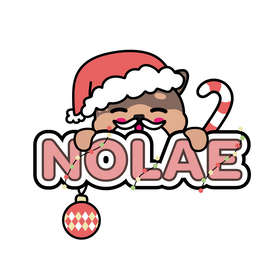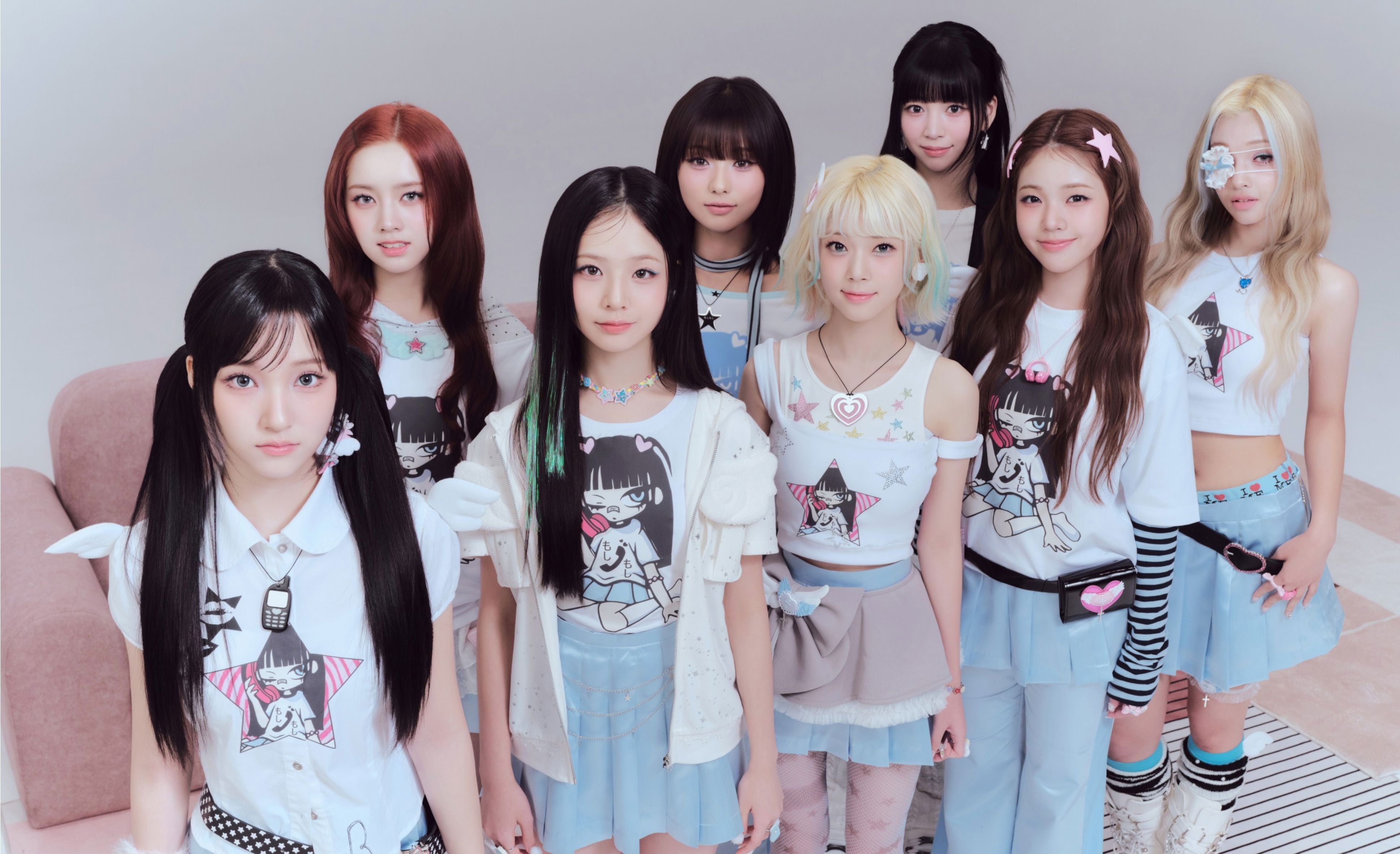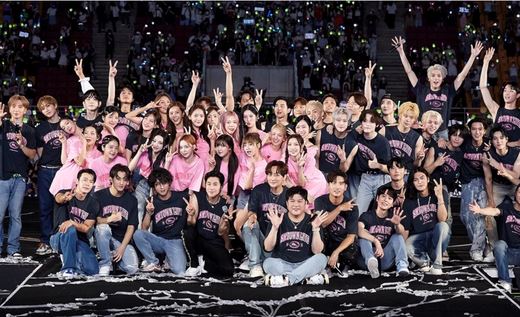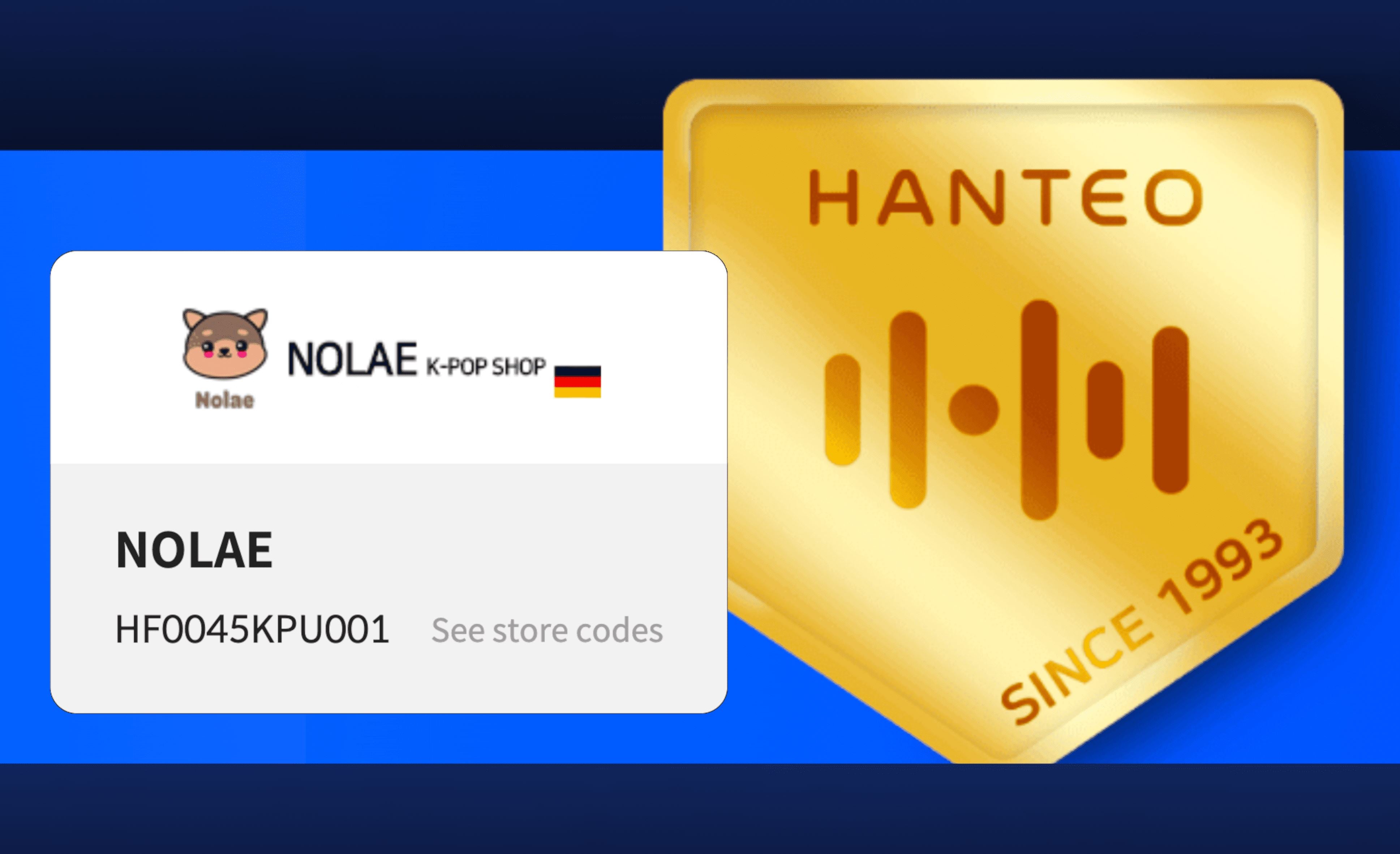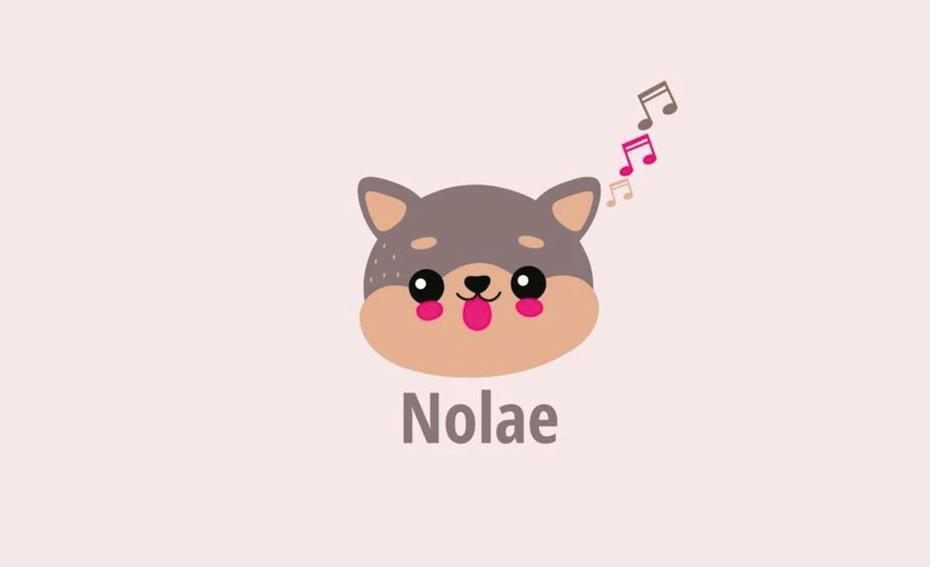We will teach you the Korean alphabet "Hangul"!
Wir bringen dir das koreanische Alphabet "Hangul" bei!
Autor: Helen Bosch / Aug 12, 2022


K-Pop Blog > Overview > Hangul
“Ein kluger Mensch kann sich damit vertraut machen, bevor der Morgen vorbei ist; selbst ein dummer Mensch kann es innerhalb von zehn Tagen lernen.” Laut dem bekannten Spruch braucht es also nicht viel, um das koreanische Alphabet “Hangul” zu lernen. Für diejenigen, die jetzt gerne damit anfangen würden und noch eine Starthilfe brauchen, haben wir hier ein paar grundsätzliche Informationen zusammengestellt. Unter anderem stellen wir dir das Alphabet im Detail vor!
Mehr über die Geschichte von Hangul erfährst du hier!

Wie gerade schon erwähnt, bezeichnet der Begriff “Hangul” das koreanische Alphabet. Es wird sowohl in Südkorea als auch Nordkorea benutzt; die Nordkoreaner nennen es aber “Joseon‘geul”.
Hangul kombiniert Elemente von alphabetischen Schriften und Silbenschriften. In alphabetischen Schriften (wie zum Beispiel in unserer romanischen Schrift) steht ein Zeichen/ Buchstabe für einen Sprachlaut. In Silbenschriften - wie zum Beispiel der japanischen Schrift “Katakana” - steht jedes Zeichen für eine ganze Silbe oder Buchstabenkombinationen statt nur für einen Sprachlaut.
In Hangul stehen die meisten Zeichen für einen Sprachlaut, aber es gibt auch komplexe Zeichen, die für Buchstabenkombinationen stehen; außerdem werden die Zeichen zu Silbenblöcken zusammengebaut. Das klingt komplizierter, als es ist!
Lass uns gemeinsam das Hangul Alphabet ansehen:
Grundsätzlich gibt es 14 Konsonanten und 10 Vokale. Dazu kommen noch 5 angespannte Konsonanten und 11 komplexe Vokale. Die angespannten Konsonanten sind einfach nur doppelte Konsonanten, die im koreanischen deswegen auch als “Zwillingsbuchstaben” bezeichnet werden. Die komplexen Vokale werden durch die Kombinationen von einfachen Vokalen gebildet.
Konsonanten:

Die angespannten Konsonanten sind blau.
Ob die Konsonanten eher weich oder hart ausgesprochen werden - zum Beispiel ㅂ als “b” oder “p” - hängt davon ab, ob sie am Anfang oder Ende einer Silbe stehen.
Vokale:

Die komplexen Vokale sind blau.
Wenn du die Zeichen gelernt hast, bist du schon auf dem halben Weg!
Der nächste Schritt: Wie werden die Zeichen zu Silbenblöcken zusammengefügt?
Auch das ist einfacher, als es aussieht. Zur Erklärung nehmen wir ein bekanntes Beispiel:
방탄소년단 = Bangtan Sonyeondan
Wie du vielleicht weißt, ist “Bangtan Sonyeondan” der koreanische Name von BTS und heißt wörtlich übersetzt “Bulletproof Boy Scouts”.
Zuerst wird das Wort in Silben aufgeteilt: Bang - tan - So - nyeon - dan
Und jetzt wird jede Silbe einzeln übersetzt. Für die Silbe “Bang” brauchen wir “b” (ㅂ), “a” (ㅏ) und “ng” (ㅇ). Wenn du die Zeichen noch nicht auswendig gelernt hast, kannst du dich einfach an den Tabellen orientieren.
Zusammen bilden die drei Zeichen dann einen Silbenblock: 방
Aber woher weißt du, wie die Zeichen innerhalb des Silbenblocks angeordnet werden? Dafür gibt es ein paar einfache Regeln und Tricks!
- Hangul wird von links nach rechts gelesen. Innerhalb der Silben gilt ebenfalls von links nach rechts und dann von oben nach unten.
- Eine Silbe fängt in schriftlicher Form IMMER mit einem Konsonanten an, gefolgt von einem Vokal. Jede Silbe besteht also aus mindestens zwei und höchstens drei Zeichen. (Zwei zeichen = Konsonant, Vokal. Drei zeichen = Konsonant, Vokal, Konsonant.)
- Natürlich gibt es auch Silben, die, wenn sie gesprochen werden, mit einem Vokal anfangen, wie zum Beispiel die Silbe “i” in dem Wort “ireum” (koreanisch für “Name”). In dem Fall wird immer ㅇ als stiller Konsonant vor den Vokal gesetzt: 이
(weitere Beispiele für ein stilles ㅇ: 있, 어, 요, 야) - Alle Vokale, die aus einer senkrechten Linie bestehen (ㅏ, ㅑ, ㅓ, ㅕ, ㅣ) werden rechts von dem Konsonanten gesetzt: 바
- Alle Vokale, die aus einer waagerechten Linie bestehen (ㅗ, ㅛ, ㅜ, ㅠ, ㅡ) werden unter den Konsonanten gesetzt: 소
- Wenn die Silbe aus drei Zeichen besteht, wird das dritte (immer ein Konsonant) unter die anderen beiden Zeichen gesetzt: 방, 탄, 년, 단
Als Trennung zwischen Wörtern werden Leerzeichen verwendet.
저는 내년에 한국에 갈 거예요. = I will go to Korea next year.
(jeoneun naenyeon-e hangug-e gal geoyeyo)
Wenn man das System einmal verstanden hat, ist Hangul sehr simpel. Das Alphabet gilt auch im Vergleich zu anderen auf der Welt als besonders logisch, leicht einprägsam und leicht zu lernen. Das ist einer der Gründe, warum es in Korea kaum Menschen gibt, die nicht lesen oder schreiben können.
Wie dir vielleicht schon aufgefallen ist, gibt es bei Hangul zum Beispiel auch keine Groß- und Kleinschreibung. Deshalb müssen wir nicht wie in unserem romanischen Alphabet zwei Schreibweisen für jedes Zeichen lernen.
Wenn du Hangul beherrschst, hast du schon eine Hürde überwunden!
Wenn du wirklich koreanisch lesen möchtest, musst du jetzt natürlich noch die Sprache lernen. Vielleicht reicht dir das, was du jetzt kannst, aber auch schon. Wir selbst nutzen unsere Kenntnisse über Hangul gerne dazu, um in den Kredits von K-Pop Alben oder anderswo Namen von Idols zu entziffern! Um Namen lesen zu können, brauchst du nämlich neben “Hangul” keine weiteren Sprachkenntnisse!
Unser Name “Nolae” (koreanisch für “Lied”) wird übrigens so geschrieben: 노래
Falls du jetzt Lust hast, deinen Freunden mal ein paar Wörter auf Koreanisch zu schreiben, kannst du das auf deinem Handy gut ausprobieren. Viele von ihnen haben eine koreanische Tastatur. Beim Schreiben setzten sich die Silbenblöcke von selbst zusammen, also ist es vielleicht sogar eine Lernhilfe.
Bonus:
Das koreanische Alphabet hat in Korea seinen eigenen nationalen Gedenktag: Der 9. Oktober ist in Südkorea ein gesetzlicher Feiertag.
Das könnte Dich auch interessieren
5% RABATT BEI NEWSLETTER ANMELDUNG
Die neuesten Produkte, Aktionen und News. Direkt in dein Postfach.
